✓ Find the best offers on your Stays on 🏡 booking.com
✓ Deals on Private xfers, SIM Cards, City tours, Day trips on 🛵 GetYourGuide | on 🛵 Klook
If you have done the things to do in South Korea, you’d know there are quite a few of them here in Mungyeong.
Welcome to Mungyeong, the hidden gem nestled amongst the rolling mountains and picturesque valleys.
Embark on a journey of discovery as you unravel the secrets of this enchanting destination, where the past and present converge seamlessly.
With a plethora of cultural and natural marvels to explore, every step you take in Mungyeong will be a step closer to unveiling its mesmerizing beauty.
Without further ado listed below are some of the most fun things to do in Mungyeong:
1. Bongamsa Temple
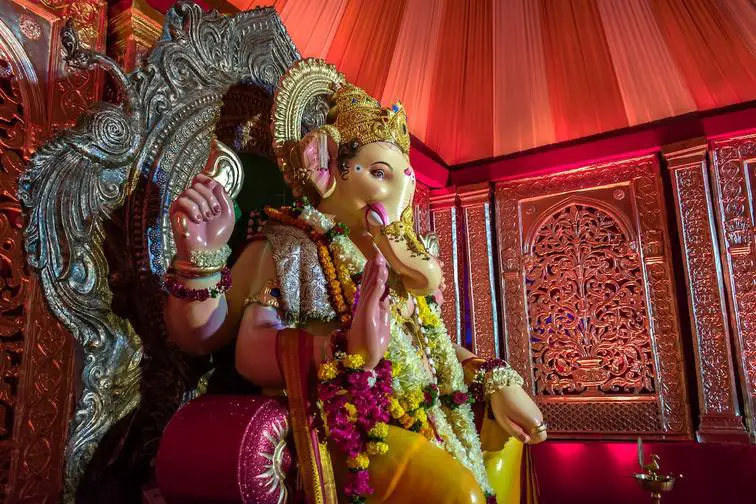
Bongamsa Temple is a historic Buddhist temple located in Mungyeong, South Korea.
It was built during the Silla Dynasty in 889 AD and is known for its unique architecture and stunning natural surroundings.
What to see or do: Visitors to Bongamsa Temple can witness the beautiful combination of historic architecture and picturesque nature.
The temple features a main hall, a bell tower, a seven-story stone pagoda, and several other buildings, all surrounded by lush forests and mountains.
Don’t miss: Be sure to check out the main hall, which has been designated as National Treasure No. 39.
It features beautiful Buddhist murals, carved wooden doors, and an imposing statue of Buddha. Also, don’t miss the seven-story stone pagoda – one of the finest examples of Silla-era architecture in the country.
Insider travel tips: – To fully appreciate the temple’s natural surroundings, consider taking a hike through the nearby forested mountains.
2. Mungyeong Ceramic Museum
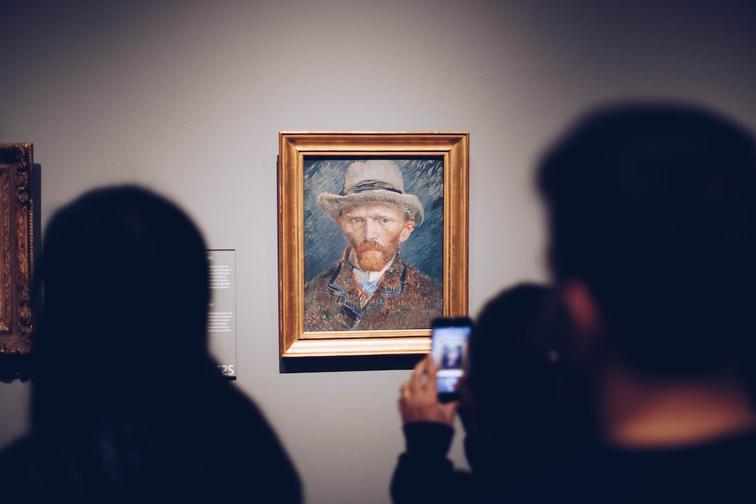
Mungyeong Ceramic Museum is a museum dedicated to Korean ceramics located in Mungyeong, South Korea.
What to see or do: Visitors can see various ceramic artifacts created by local master craftsmen and also try their hand at making their own pottery.
Don’t miss: Make sure to see the museum’s kiln relics, which provide a glimpse into the traditional ceramic-making process.
Insider travel tips: Take advantage of the museum’s workshops where visitors can learn about traditional ceramic-making techniques and even create their own pieces to take home.
Also, don’t forget to try some of the local Mungyeong pottery while you’re in town.
3. Mungyeong Saejae Provincial Park

Mungyeong Saejae Provincial Park is a stunning natural escape located in the heart of South Korea’s mountainous region.
What to see or do: Hike through lush forests, soak in tranquil streams, and enjoy panoramic views of the surrounding mountain range dotted with temples and fortresses.
Don’t miss: Don’t miss the famous Mungyeong Chasabal Festival, where you can experience traditional Korean pottery-making while surrounded by the natural beauty of the park.
Insider travel tips: Consider visiting in the fall when the leaves turn vibrant shades of red and gold.
It’s also a good idea to bring plenty of water and snacks as the hiking trails can be steep and challenging at times.
4. Jeomchon Saturday Traditional Market

Jeomchon Saturday Traditional Market is a bustling open-air market located in the city of Mungyeong in South Korea.
What to see or do: Visitors can meander through the market stalls that sell a variety of items such as fresh produce, handmade crafts, traditional Korean clothing (Hanbok), and various household goods.
The market is also known for its food stalls that sell delicious Korean snacks and meals.
Don’t miss: Don’t miss tasting the famous “Yukhoe” (traditional Korean raw beef dish). It’s a must-try dish that can only be found in Mungyeong.
Insider travel tips: Arrive at the market early in the morning to avoid crowds and get first pick on fresh produce.
5. Cheongok Cave
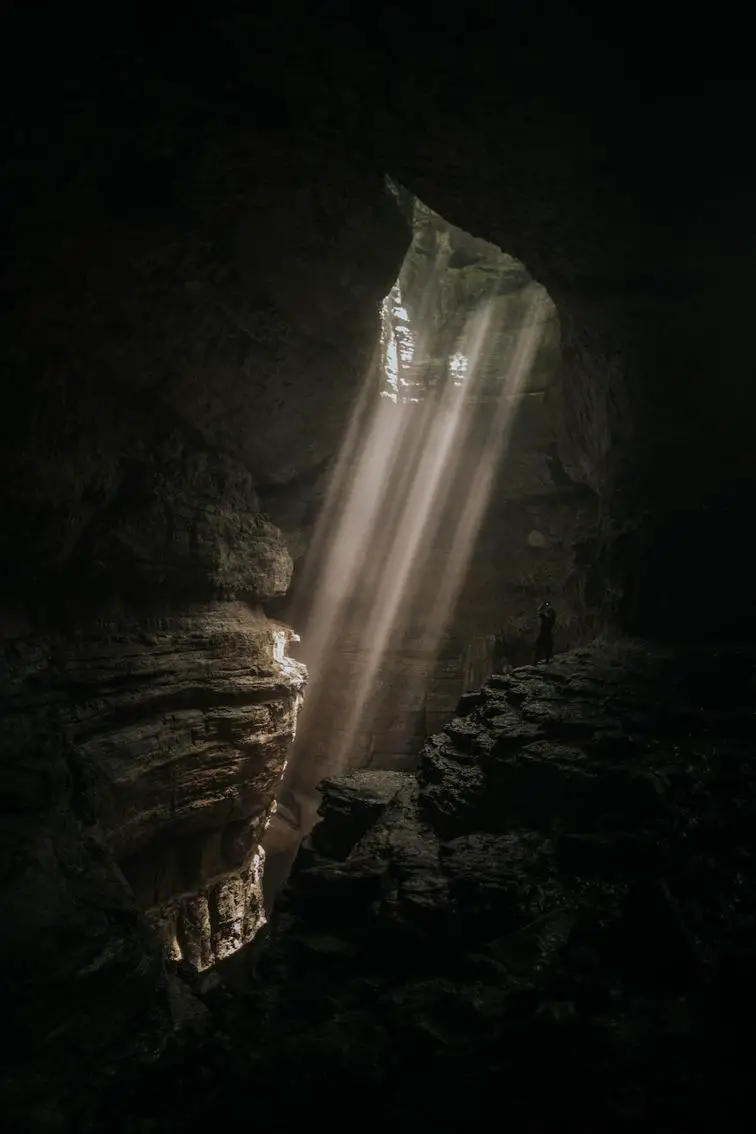
Cheongok Cave is a breathtaking limestone cave located in Mungyeong, South Korea.
What to see or do: Visitors can marvel at the stunning stalactites and stalagmites, as well as unique formations like the “Angel’s Wing” and “Lion Rock.
” There is also a 300-meter underground walking trail for visitors to explore.
Don’t miss: The highlight of Cheongok Cave is the “Crystal Palace,” a stunning underground lake featuring crystal clear waters and impressive rock formations.
Visitors can take a boat ride around the lake and admire the scenery.
Insider travel tips: – Wear comfortable shoes for the underground walking trail, as there are some steep areas.
6. Yeongju Bomunsa Temple

Yeongju Bomunsa Temple is a serene Buddhist temple located in Mungyeong, North Gyeongsang Province, South Korea.
What to see or do: Visitors can see the beautiful traditional architecture of the temple and admire the stunning natural scenery surrounding it.
You can also take part in a temple stay program to experience the daily life of a Jungto (Buddhist practitioner) or join a meditation class.
Don’t miss: Make sure to see the Geukrakbojeon Hall, built during the Goryeo Dynasty and containing a statue of Seokgamoni Buddha. Also, don’t miss the amazing view of the surrounding mountains from the temple’s terrace.
Insider travel tips: To fully experience the tranquility of the temple, try to visit during weekdays instead of weekends when it can get crowded.
Wear comfortable shoes as there are a lot of stairs to climb to reach the temple’s main area. Alternatively, you can take a cable car up the mountain to the temple.
7. Sobaeksan National Park

Sobaeksan National Park is a breathtaking mountain range located in the northeastern part of South Korea and covers over 320 square kilometers.
It offers numerous hiking trails, picturesque valleys, waterfalls, and stunning panoramic views.
What to see or do: The park is a hiker’s paradise, with over 200 kilometers of trails to explore.
Visitors can enjoy several scenic hikes, including Birobong Peak, which is the highest peak in the park, and Dongbong Peak, which offers a superb vista of the surrounding valleys and mountains.
The park is also home to picturesque waterfalls, including Ssanggyesa Falls and Songgyejeong Falls, as well as the crystal-clear waters of Yeonhwacheon Stream.
Don’t miss: Be sure to visit the Muryangsa Temple, which was founded over 1,000 years ago and is one of the largest temples in the region.
Also, don’t miss the stunning views from the Cheonjedan Altar, an ancient sacrificial altar with panoramic views of the surrounding landscape.
Insider travel tips: For the best experience, visit the park in the autumn when the foliage turns into a brilliant display of colors.
It is also recommended to bring sturdy hiking shoes and dress for the weather, as the park can be steep and challenging.
Lastly, be sure to try the local specialty, Mungyeong Makguksu (buckwheat noodles), which is a must-try culinary delight in the region.
8. Mungyeongsaejae Provincial Park Observatory

Mungyeongsaejae Provincial Park Observatory is a popular destination for nature lovers and hikers in South Korea.
What to see or do: At Mungyeongsaejae Provincial Park Observatory, visitors can enjoy stunning views of the surrounding mountains, forests, and valleys.
The observatory is located at the top of a hill, which can be reached by hiking or taking the cable car.
The park also has several hiking trails, picnic areas, and camping sites.
Don’t miss: Don’t miss the chance to take a cable car ride to the observation deck of the observatory. The ride itself offers breathtaking views of the park and is an experience not to be missed.
Also, make sure to bring a camera to capture the natural beauty of the park.
Insider travel tips: Go early in the morning to avoid crowds.
9. Uiyeong Village

A traditional Korean village located in Mungyeong, known for its beautiful scenery and traditional hanok houses.
What to see or do: Take a stroll through the picturesque village and admire the stunning views of the surrounding mountains. Visit the various hanok houses and experience traditional Korean culture, including pottery making and cloth weaving.
Take a hike through the nearby forests and enjoy the natural beauty of the area.
Don’t miss: The annual Uiyeong Cherry Blossom Festival in the spring, when the village is transformed into a pink wonderland with over 10,000 cherry blossom trees in bloom.
Insider travel tips: Visit in the fall to see the leaves change colors and enjoy the cool mountain breeze. Take a guided tour to learn more about the history and culture of the village.
Be sure to try some of the local cuisine, including Mungyeong bean sprout soup and traditional Korean snacks.
10. Mungyeongsan Mountain
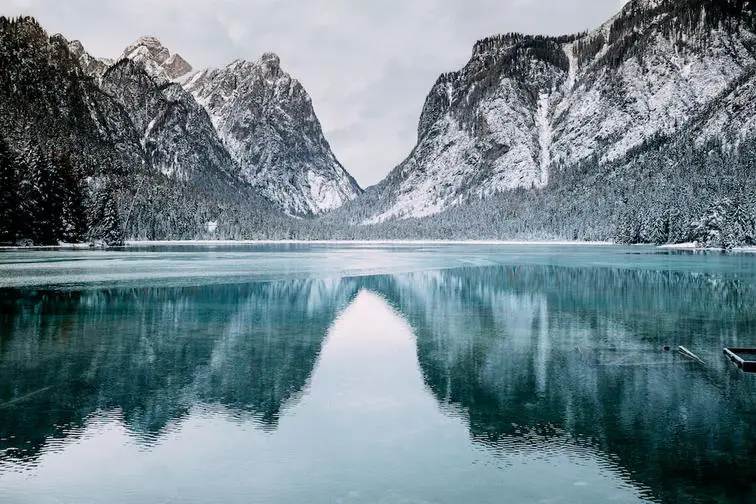
What to see or do:
Don’t miss:
Insider travel tips: The Mungyeongsaejae Provincial Park is an excellent place to begin your exploration of the mountain, and the park also offers campsites for those who want to stay overnight.
Be sure to bring water and snacks with you, as the hiking trails can be strenuous.
Additionally, if you have a chance to visit during the Mungyeong Traditional Tea Bowl Festival in the fall, you can experience traditional Korean tea ceremonies and purchase unique tea bowls made by local artisans.
11. Gomso Salt Field Cultural Center
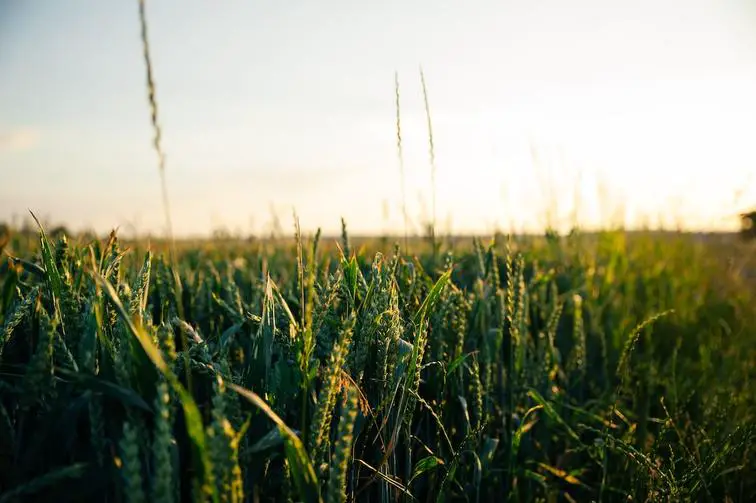
Gomso Salt Field Cultural Center is a restored traditional salt field in Mungyeong, South Korea.
What to see or do: Visitors can learn about the traditional salt-making process and see the various stages of salt production, from collecting seawater to boiling it down in large pots.
The center also features exhibitions on the history and cultural significance of salt and salt making in Korea.
Don’t miss: The highlight of the visit is trying your hand at making your own salt! Visitors can participate in the process and take home their very own small bag of handmade salt.
Insider travel tips: – The center is closed on Mondays and admission is free.
12. Mireuk Temple

Mireuk Temple is a historical Buddhist temple located in the heart of Mungyeong city in South Korea.
What to see or do: Visitors can explore the beautiful temple complex which features several traditional Korean buildings and halls, including the main hall, Daeungjeon, which houses a large statue of Buddha, and the Yeongsan-jeon, where visitors can find a rare set of 500 Arhats statues.
The temple also offers a stunning view of the surrounding area with its location atop a hill.
Don’t miss: One of the must-see highlights of Mireuk Temple is the Mireuksaji stone pagoda, a National Treasure of South Korea and one of the most significant artifacts of the late Silla dynasty.
It is said to be one of the tallest stone pagodas in the world.
Insider travel tips: Visitors should wear comfortable shoes and be prepared for a bit of a hike up the hill to reach the temple.
Also, if possible, try to visit during the week to avoid crowds. Lastly, be sure to take in the picturesque views of the surrounding mountains and countryside from the temple’s vantage point.
13. Mungyeong Traditional Market
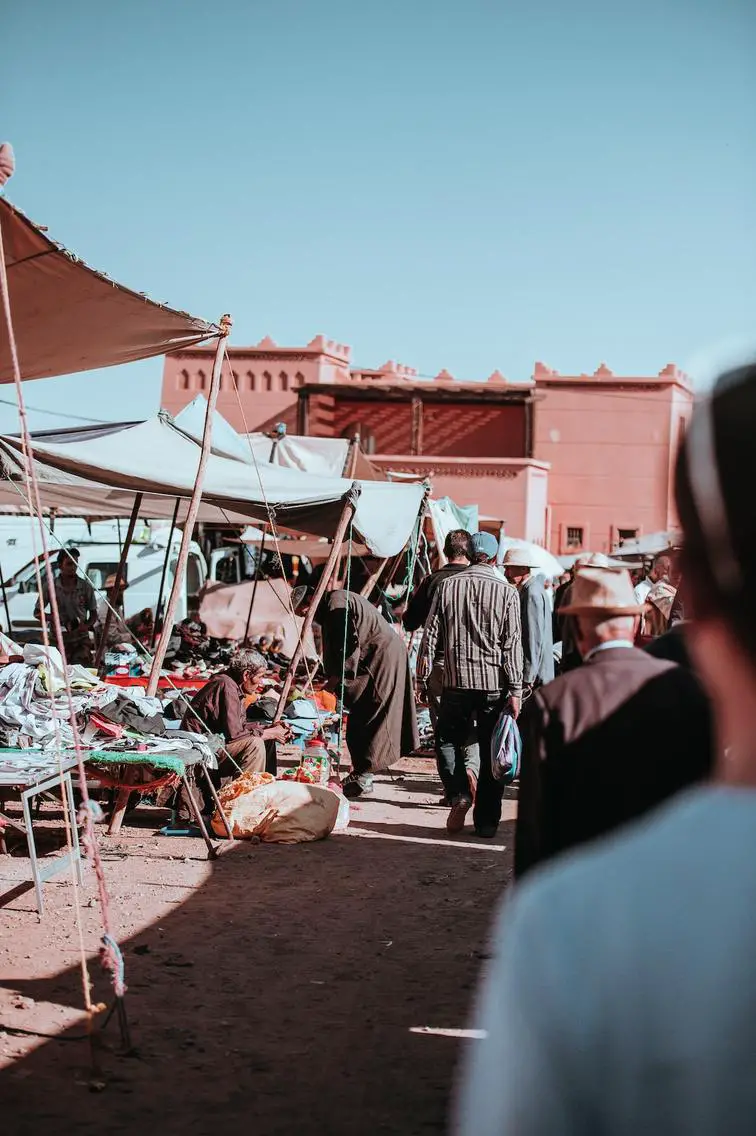
Mungyeong Traditional Market is a bustling marketplace located in the city of Mungyeong, South Korea.
What to see or do: Visitors can wander through the maze-like alleys and stalls selling a variety of goods ranging from fresh produce to traditional crafts.
Don’t miss: Be sure to try some of the local delicacies like bindaetteok (mung bean pancakes) and makgeolli (traditional rice wine).
Insider travel tips: – The market is open every day except for Mondays.
✓ You on Insta? 👍@triplyzer✓ Find the best offers on your Stays on 🏡 booking.com
✓ Deals on Private xfers, SIM Cards, City tours, Day trips on 🛵 GetYourGuide | on 🛵 Klook